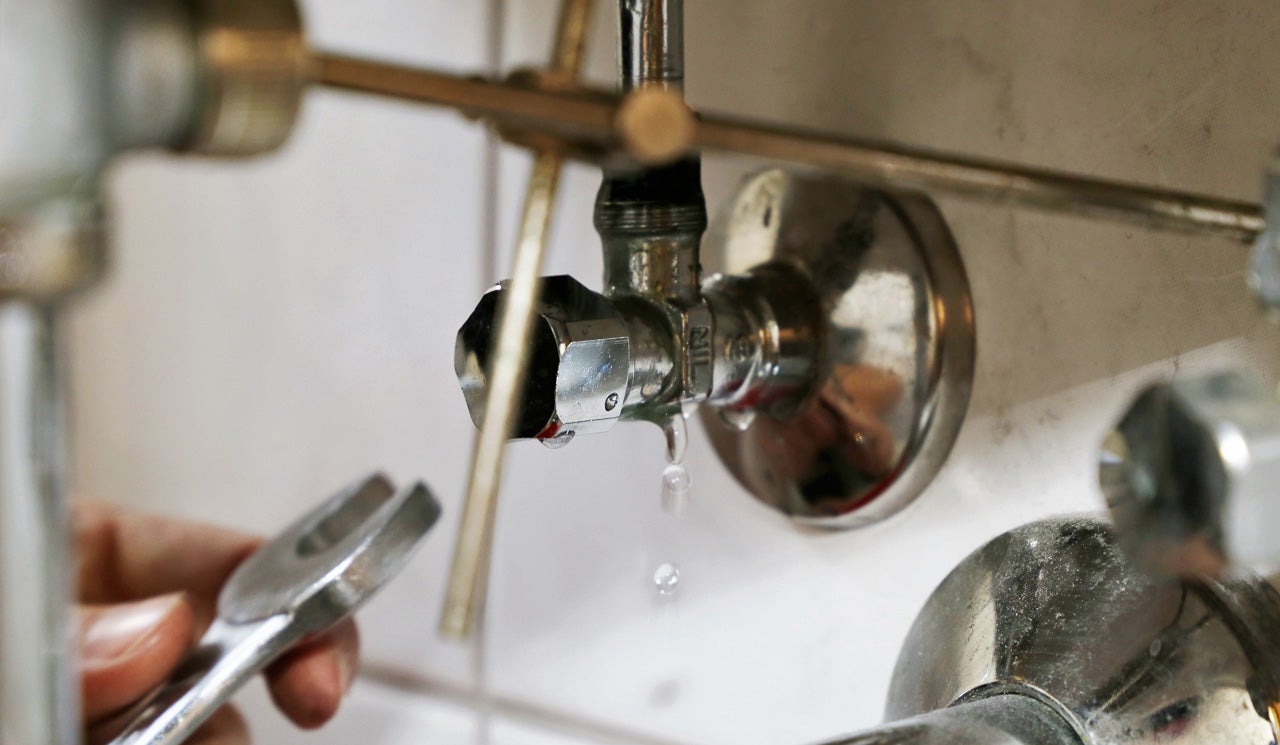Uncover Smart Ways to Detect Concealed Leaking Water Lines
Uncover Smart Ways to Detect Concealed Leaking Water Lines
Blog Article
Have you been interested in resources about Locating water leaks?

Early discovery of dripping water lines can alleviate a prospective catastrophe. Some tiny water leakages may not be visible.
1. Examine the Water Meter
Every home has a water meter. Checking it is a proven manner in which aids you discover leakages. For starters, switch off all the water sources. Ensure no person will purge, make use of the faucet, shower, run the cleaning equipment or dishwasher. From there, go to the meter and watch if it will transform. Considering that nobody is using it, there must be no activities. If it moves, that shows a fast-moving leak. Furthermore, if you spot no changes, wait a hr or more and check back again. This means you might have a sluggish leak that could also be underground.
2. Inspect Water Consumption
If you detect sudden adjustments, despite your intake being the same, it implies that you have leaks in your plumbing system. An abrupt spike in your costs shows a fast-moving leakage.
A constant boost every month, also with the exact same behaviors, shows you have a slow-moving leakage that's also slowly rising. Call a plumber to extensively check your property, especially if you feel a cozy area on your floor with piping below.
3. Do a Food Coloring Examination
When it comes to water consumption, 30% comes from toilets. If the shade in some way infiltrates your bowl during that time without flushing, there's a leak in between the container as well as bowl.
4. Asses Outside Lines
Do not fail to remember to inspect your outside water lines as well. Should water leak out of the connection, you have a loose rubber gasket. One small leak can squander lots of water as well as spike your water bill.
5. Assess the circumstance as well as inspect
Home owners ought to make it a habit to examine under the sink counters and also even inside cupboards for any bad odor or mold development. These two red flags show a leak so punctual focus is required. Doing routine inspections, even bi-annually, can save you from a significant issue.
More importantly, if you recognize your residence is currently old, keep a watchful eye on your heaters, hoses, pipes etc. Check for stainings and deteriorating as many devices and also pipes have a life expectancy. They will certainly likewise normally weaken as a result of tear and also put on. Don't wait for it to rise if you think leaking water lines in your plumbing system. Call a professional plumber right now so you don't wind up with a dreadful mess in your house.
Early discovery of dripping water lines can mitigate a potential catastrophe. Some little water leakages may not be noticeable. Inspecting it is a guaranteed means that aids you uncover leaks. One small leakage can squander bunches of water and spike your water costs.
If you presume leaking water lines in your plumbing system, don't wait for it to rise.
How to Know If Your Home Has a Hidden Leak
Water Meter Reveals Inexplicable Water Usage
If you’d like to test whether or not there’s a leak somewhere in your home, you can do this using your water meter. Here is how to conduct the test:
Don’t use any water in your home for at least 30 minutes; this also means not turning on faucets or water-using appliances.
Go outside, and check your water meter for activity.
If your water meter shows that there was activity, even though no one was using any water, this proves that there is a leak in your home.Visible Mold or Mildew Growth
Leaks behind walls create moist, dark environments that allow mold and mildew to grow and thrive. Eventually, you might see mold growth forming on the wall closest to a hidden leak.
If mold is growing in an area that receives a high amount of moisture, such as a bathroom, it may simply be an indication that better ventilation is needed. However, if you see mold growth on a wall or the ceiling in an area where you would not expect, you probably have a hidden leak.
Musty, Mildew Odor
Sometimes you might not be able to see the mold or mildew that is growing as a result of a leak. However, the smell can give the problem away just as easily. If you catch a whiff of something musty, there’s a good chance that old water is collecting somewhere in your home that you can’t see.
Stained/Warped Walls, Ceilings, or Floors
When your home soaks up water, a variety of red flags can become visible, including ceiling stains, bubbling drywall, warped walls, and sagging floors. While these issues can be caused by excess humidity, they can also be signs that a pipe or plumbing connection has started leaking behind your walls.
Inexplicably High Water Bill
After a while, you get a general sense for what your water bill should be. If you own a pool or sprinkler system, your bill will tend to be higher during summer. However, if you receive a water bill that seems especially high, and you can’t figure out what caused it, then you may have a hidden leak somewhere that’s increasing your bill.
https://www.plumbingjoint.com/blog/2019/july/how-to-know-if-your-home-has-a-hidden-leak/

I ran across that blog entry about Top leak detection hacks while surfing around the search engines. Sharing is nice. Helping others is fun. Thanks a lot for taking the time to read it.
Just a call away! Report this page